News > Press Releases
After strolling through Paris, Feng Ji-Chi exclaimed: "The sense of history in Paris doesn't just come from the Eiffel Tower, the Arc de Triomphe, the Louvre and Notre Dame.... The real sense of history in Paris is in the old streets of the city, which are still intact."
At present, many cities in China are in excessive pursuit of the speed of modern construction, ruthlessly destroying the traditional pattern and appearance of the city. Many places have lost their original culture and memory, and we can no longer find our way home...
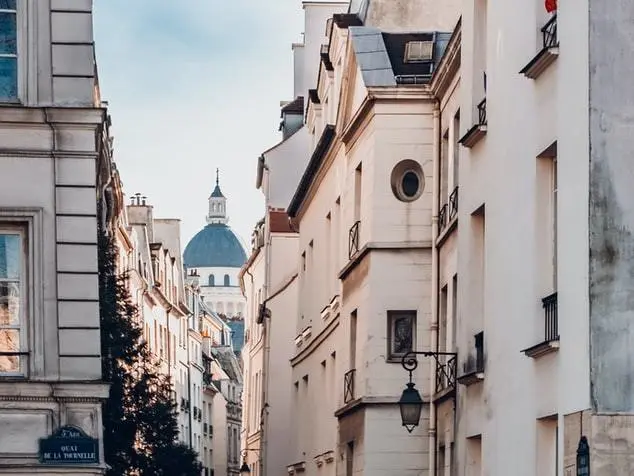
"HMD's understanding of the city's regional image.
The above phenomenon is actually a reflection of the city is losing its unique regional image.
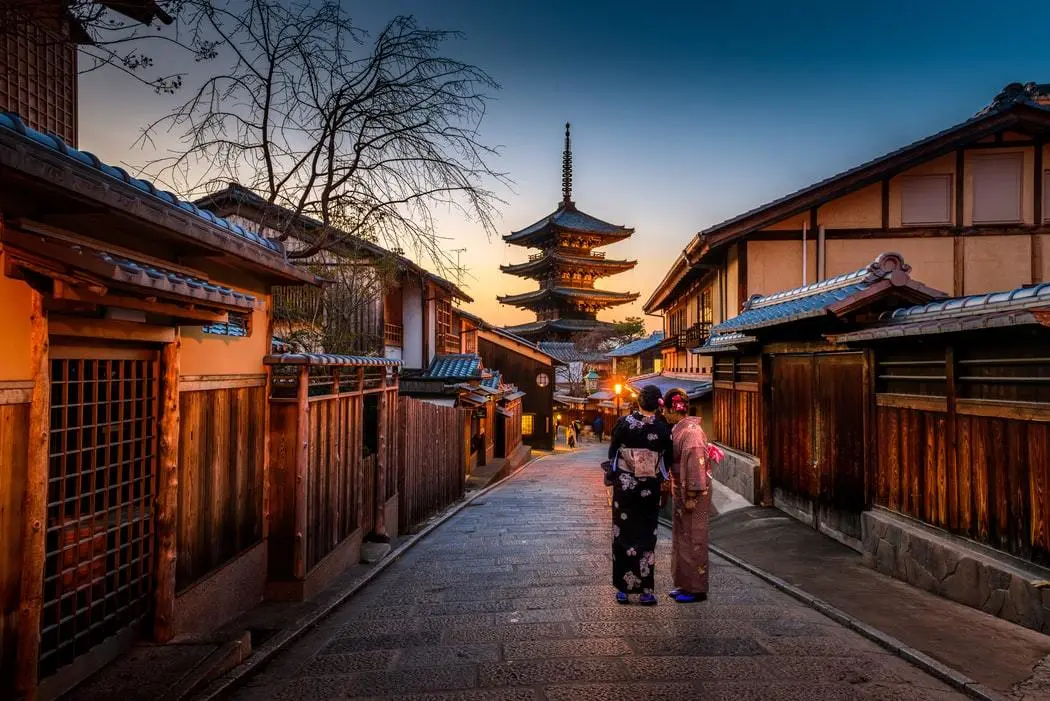
Urban regional image is a community of urban + township regional characteristics, cities and towns should each have distinctive regional characteristics and image, which overlap together to form a complete regional intention.HMD believes that.
1 Geographical image is a system, is the combination and coordination of the elements of the city.
Cities have an overall style, a sense of coherence. This impression is made up of points and surfaces in the city: points - individual, landmark buildings; surfaces - a system of neighborhoods, streets, etc.
A single point 'landmark' is the image of a city, a dazzling destination in the eyes of a tourist. Landmarks are important, but they do not represent the whole of city life. As they occupy a relatively small proportion of the city, they do not have a high relevance to citizens' lives.
A larger proportion of the city is the urban texture such as blocks and neighborhoods. The urban texture is the generator of citizens' life, the gathering of clothing, food, housing and transportation, and the most vivid and direct display of regional image.
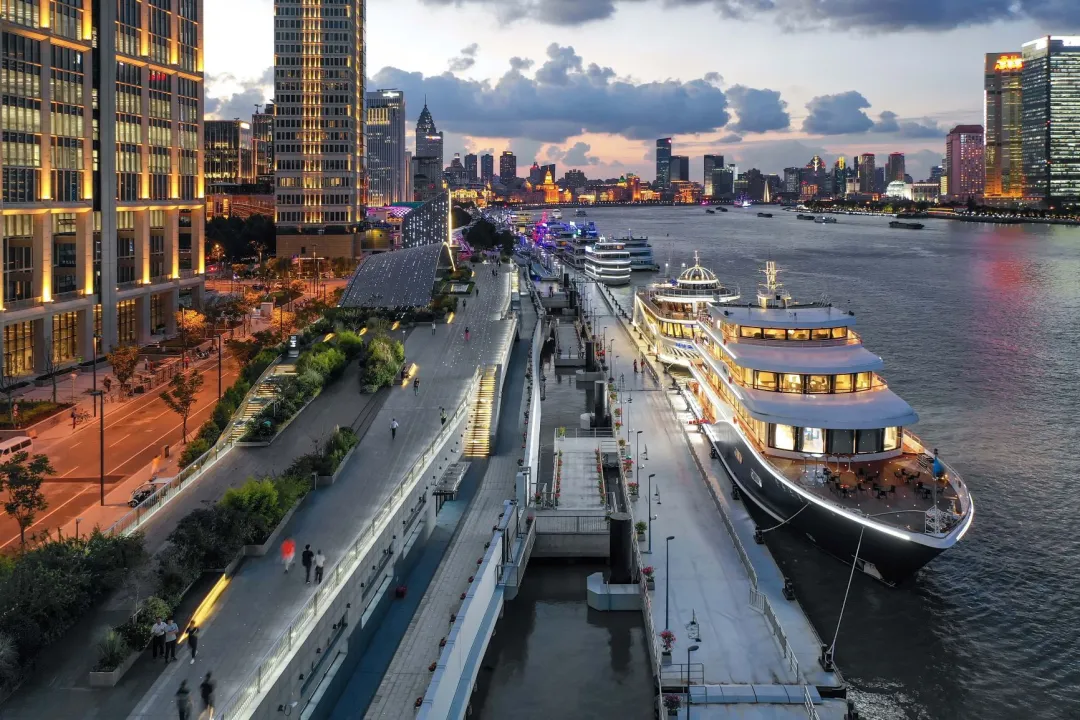
2 The geographic image is made up of a diversity of urban functions.
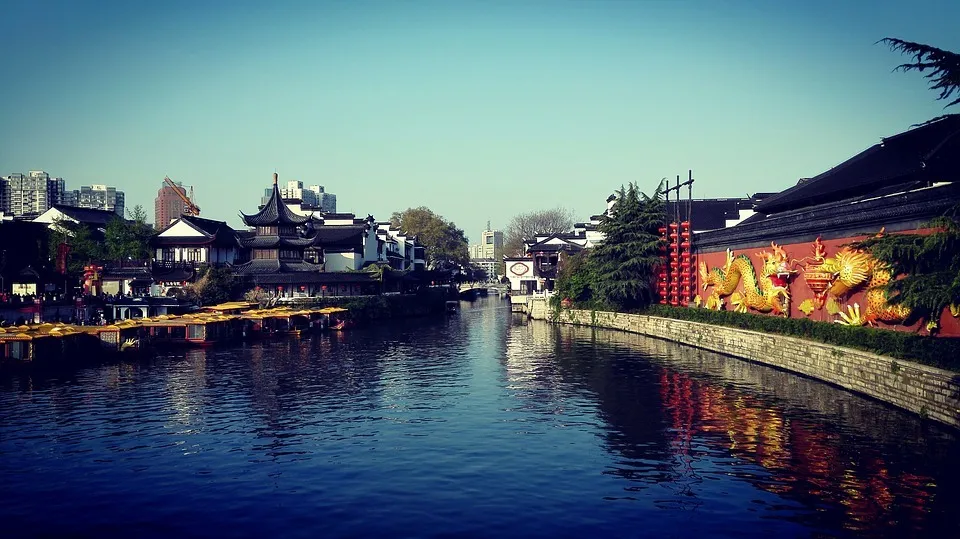
The regional image is the outward expression of the complete city functions. A city with a rich and coherent regional image is bound to have a diverse functional composition.
Among them, residential function, commercial business, leisure and entertainment, which account for the most in the city, can best reflect the regional characteristics and constitute the basic surface of the city image.
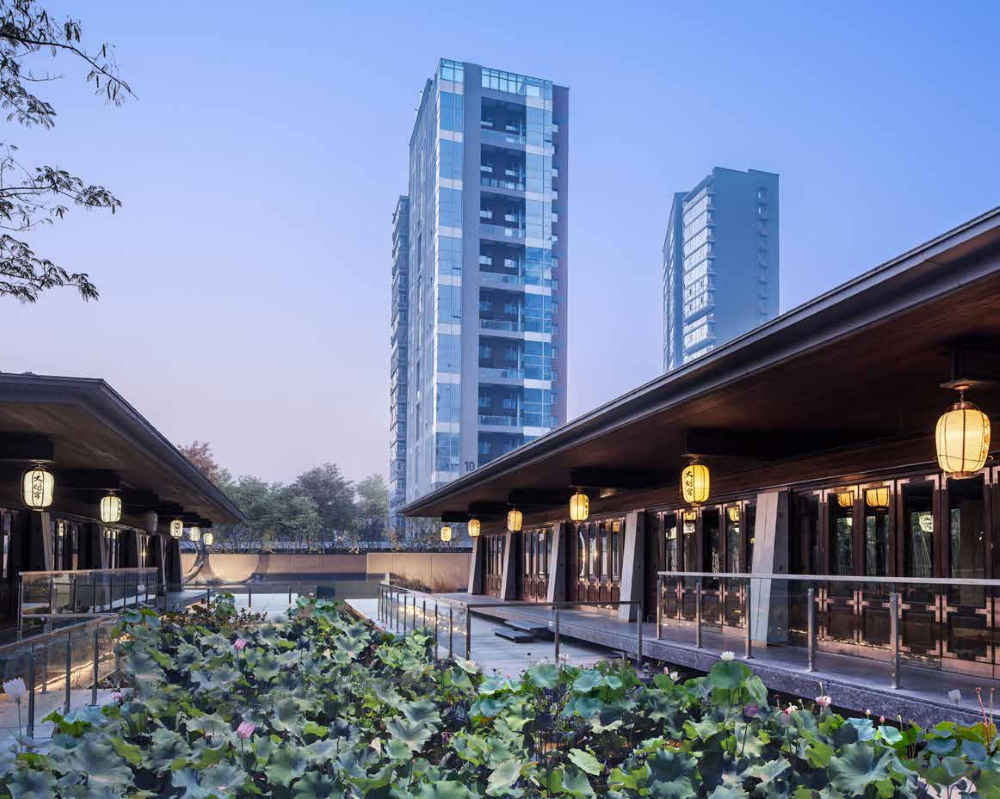
3 The local image is a memory and nostalgia, a renewal and rejuvenation of old towns, neighborhoods and historic buildings.
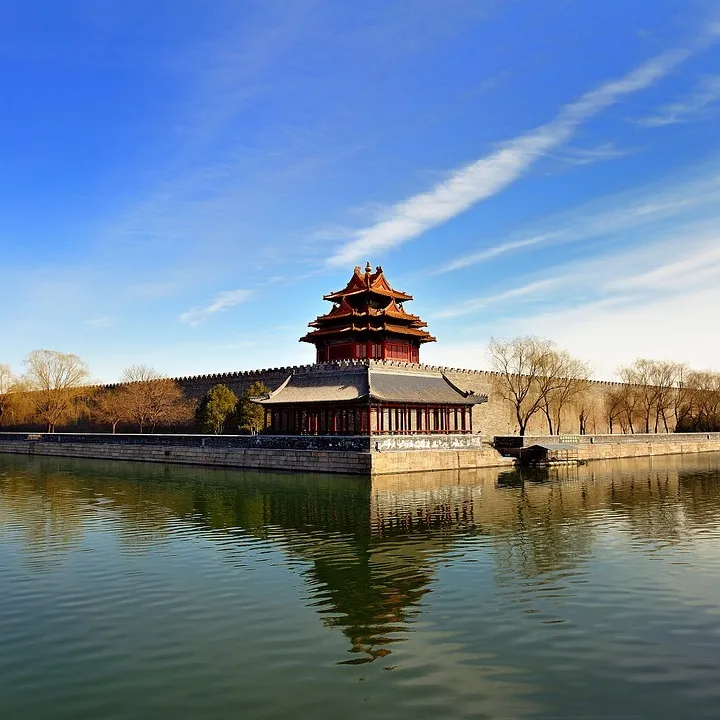
Urban memory is accumulated bit by bit in the long river of history, from cultural landscape to historical district, from cultural relics to local houses, the memory of the city is preserved, and the past way of life can be continued and developed.
Urban renewal and development grows out of existing foundations, and these elements are the soil and the breeding ground for creating a modern territorial image.
What we are trying to do is to preserve cultural traditions and create a new image of the region that has both traditional intentions and modern characteristics.
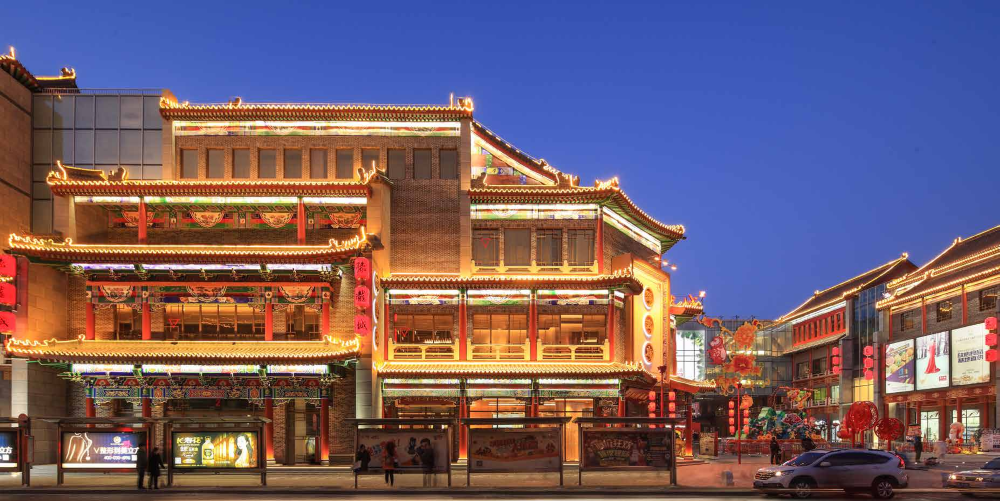
"HMD's understanding of local culture.
Mr. Wu Lianyong once said: "Culture is the accumulation of history, stored between the building, integrated in the life, the creation of the city and the residents of the behavior of a subtle influence, is the soul of the city and the building."
(a) The lack of confidence in regional culture at the time and in the present, which is reflected in the fact that it is synonymous with obsolescence, low quality, backwardness and rigidity and does not fit into modern life and attitudes.
At the technical level, there are also general concerns about traditional building applications.
Scale and spatial proportions are considered inapplicable and difficult to solve current problems; norms are not adapted and daylight firefighting is difficult to meet; and with the disappearance of traditional materials and techniques, it is difficult to create.
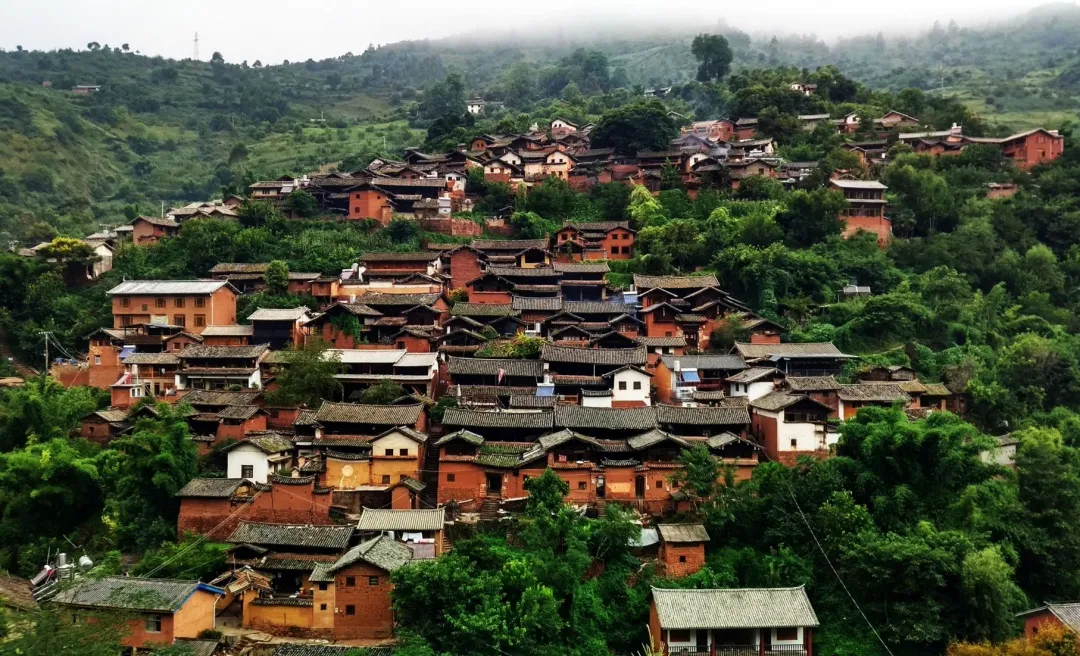
HMD believes that culture is dynamic and that the purpose of recalling the past is to preserve and innovate, to face the present and the future; copying a tradition does not solve the problem, but understanding it perpetuates it.
Keeping up with the times, learning from the best and the worst, both in a traditional sense and in the spirit of the times. In a nutshell: learn from tradition, use contemporary language, study and solve modern problems.

"Exploring the Regional Design of HMDs
"Dali Yunxiang Mountain
The mountainous character of traditional Bai folk houses is the "U"-shaped three-fang and one shining wall. This kind of courtyard has accumulated and gathered the wisdom of the ancestors in the development of Dali town for thousands of years; it is the most suitable building unit for the local climate and environment of Dali after a thousand refinements.
The Dali Yunxueshan project is a continuation of Dali's traditional U-shaped courtyard enclosure of three houses and one illuminated wall, and the pattern of multiple buildings in a mountain village, which follows the topography of the mountain, taking advantage of the topographical elevation differences and falling down in layers, so that the building and nature can penetrate each other and become one.
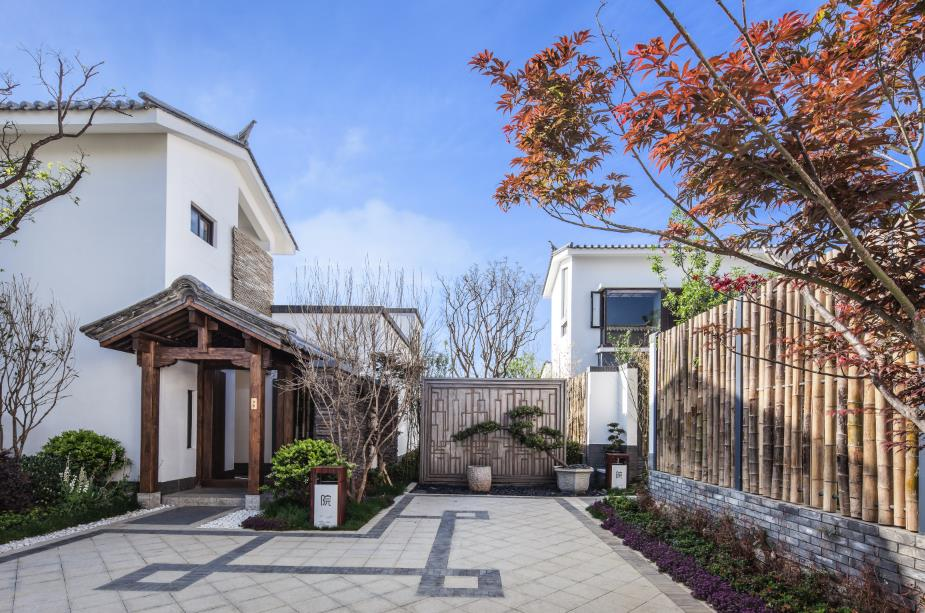
"The alleys of Dali
Adhering to the characteristics of Dali settlement life, the alley creates an open arts and cultural space through the Dali sunshine and Bai art patterns in the courtyard and integrates the traditional courtyard feelings and situational scene experience with the concept of "thematic experience area with a feeling".
Shoukai District forms its own complete Dali settlement unit, with a spatial structure of streets, alleys, neighborhoods, courtyards and fields.
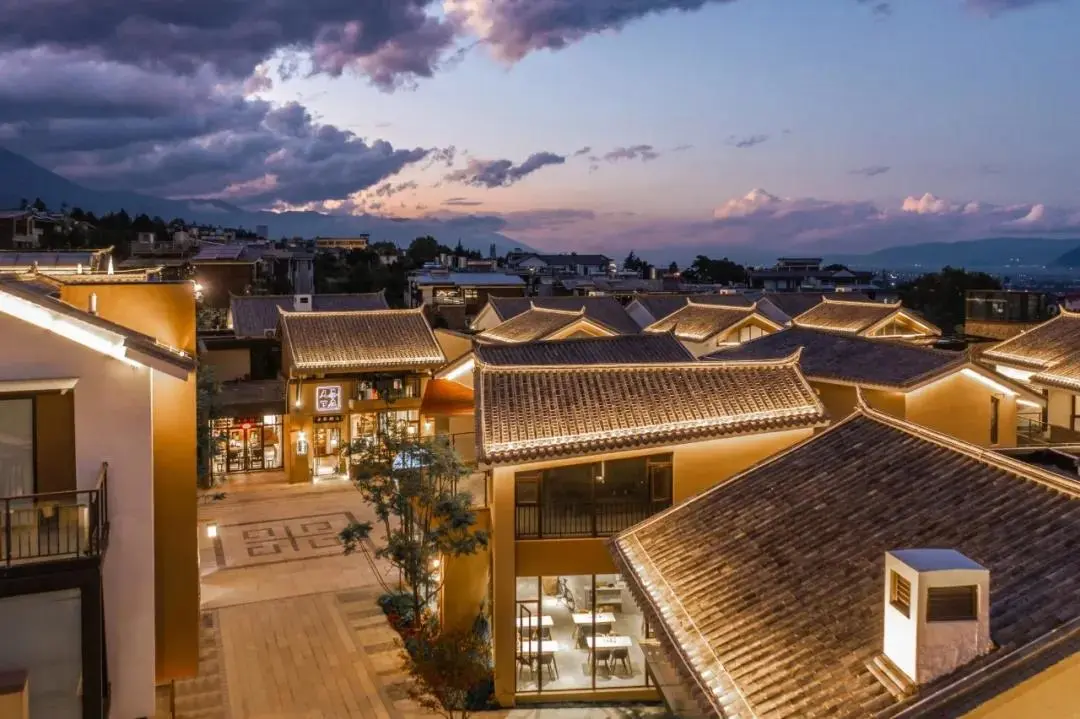
Shanghai Guangfu Lin Literary Town
Guangfu Lin Ruins Park is known as the root of Shanghai's history and culture. How to restore the traditional texture and continuity of regional culture while generating new value for modern people's life has become the starting point of HMD's design.
The core concept of the master plan is to create a composite character area that will reintegrate Quang Fu Lam into city life and urban rhythms, and restore its vitality and vibrancy.
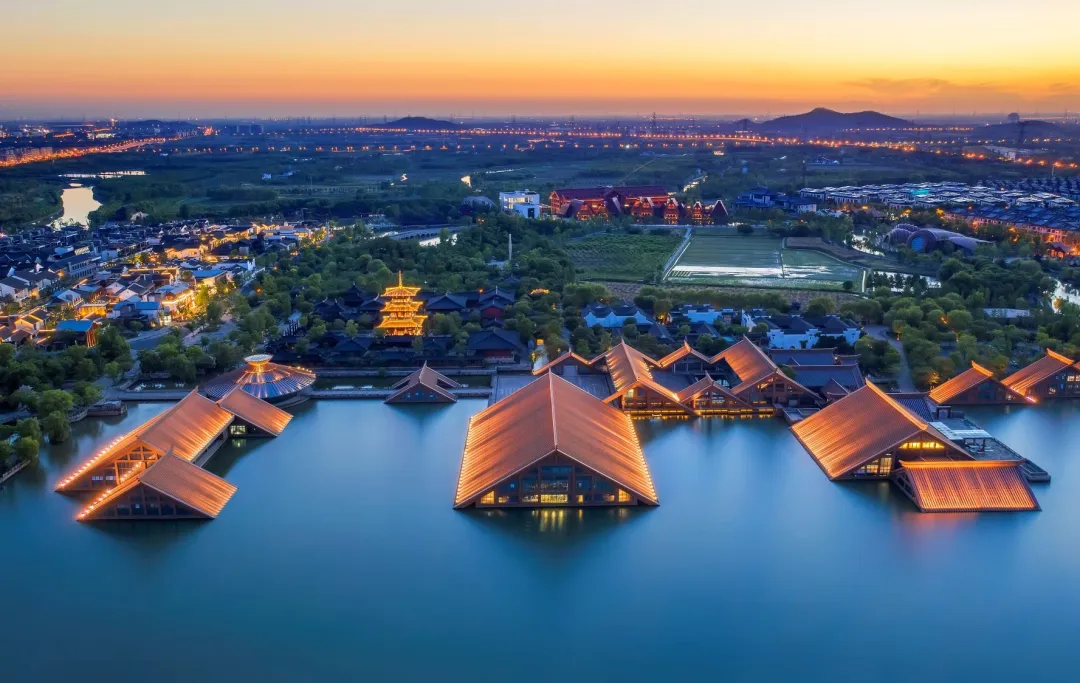
Hilton Garden Inn Yunnan Strength
The unique regional environment is interwoven with the deep cultural context, forming a group relationship between the master and the follower of Tibetan architecture.
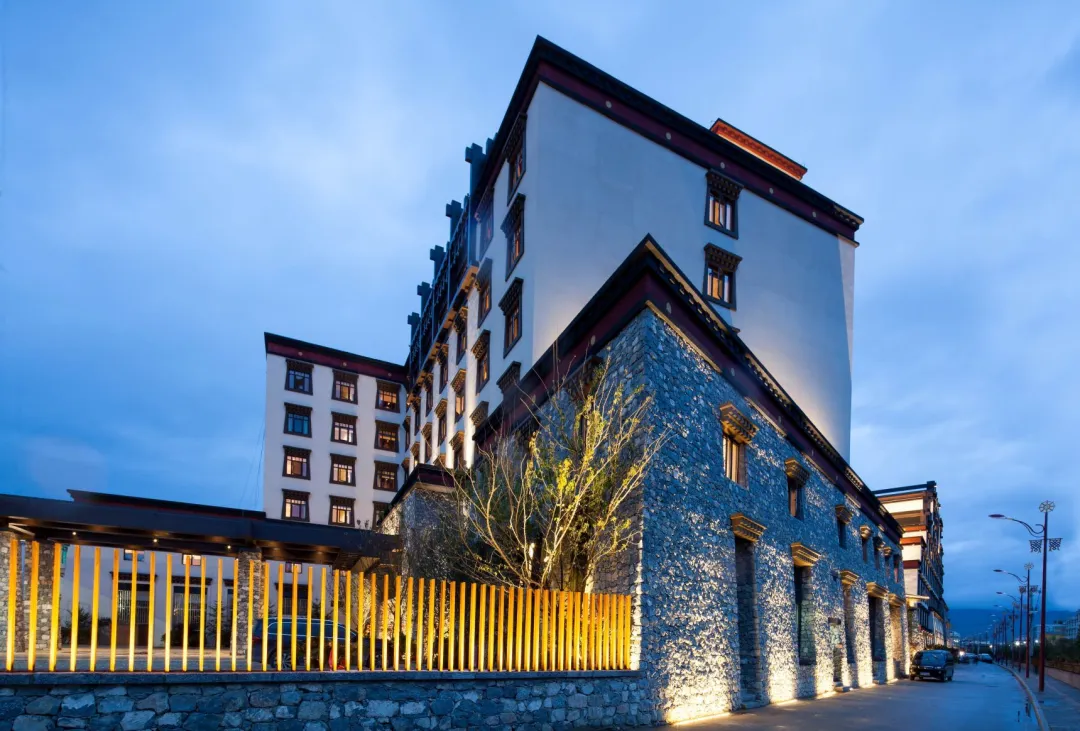
Changzhou-Chunqiu Jinmao Mansion.
The planning structure of Jinmao Mansion refined the spatial structure of the Spring and Autumn ruins of the drowned city, forming a three-level spatial sequence of "outer city, inner city and imperial city", which is in line with the traditional urban culture.
During the Spring and Autumn and Warring States periods, high-towered palaces were prevalent. HMD extracts the original form from high-towered architecture and draws it from the architectural design to find the deepest compatibility with the local culture and integrate it into the local historical context in every detail.
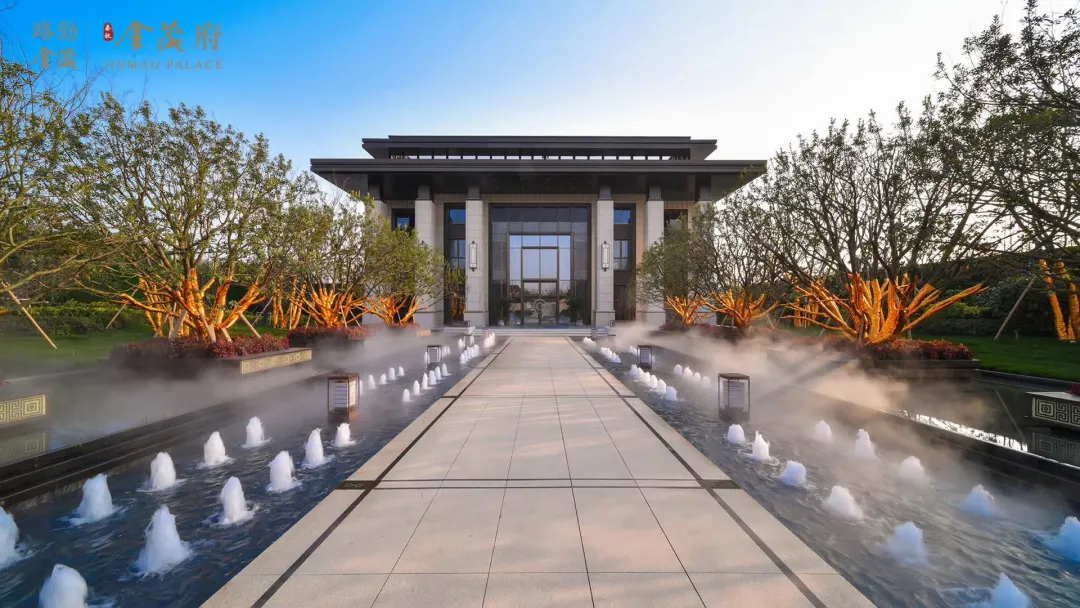
"Conclusion.
HMD regards concern for local culture as a key design value and insists on experimenting in different regions to discover regional identity while highlighting the charm of the building.
This article is based on the general manager and design director of HMD Shenzhen, Mr. Zhong Weihao, in the real estate crowdfunding alliance, Phoenix heart live broadcast platform "regional image of thinking and practice" organized by the case part with additions. Some of the pictures are from the network.

